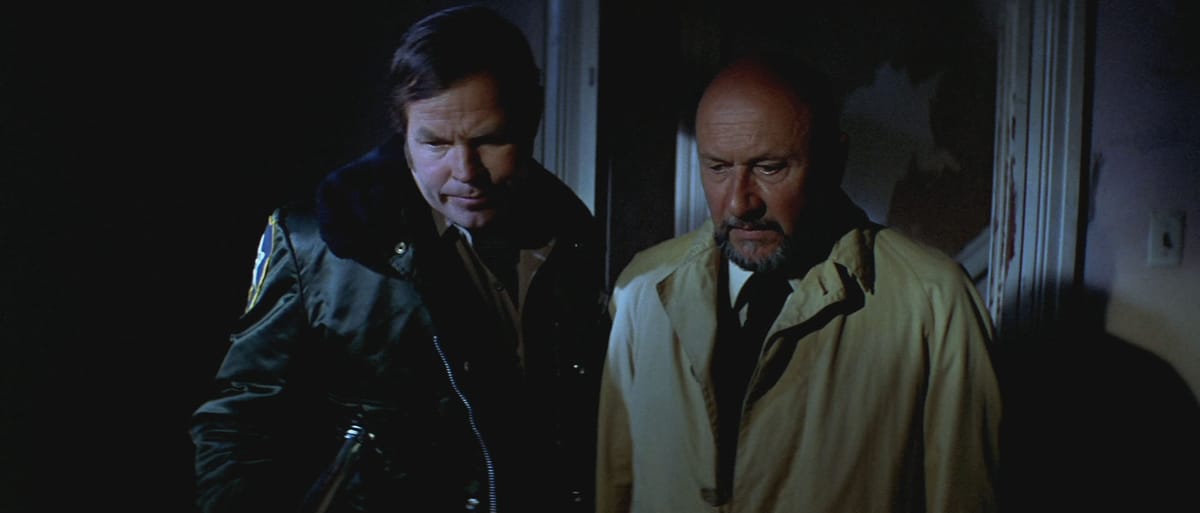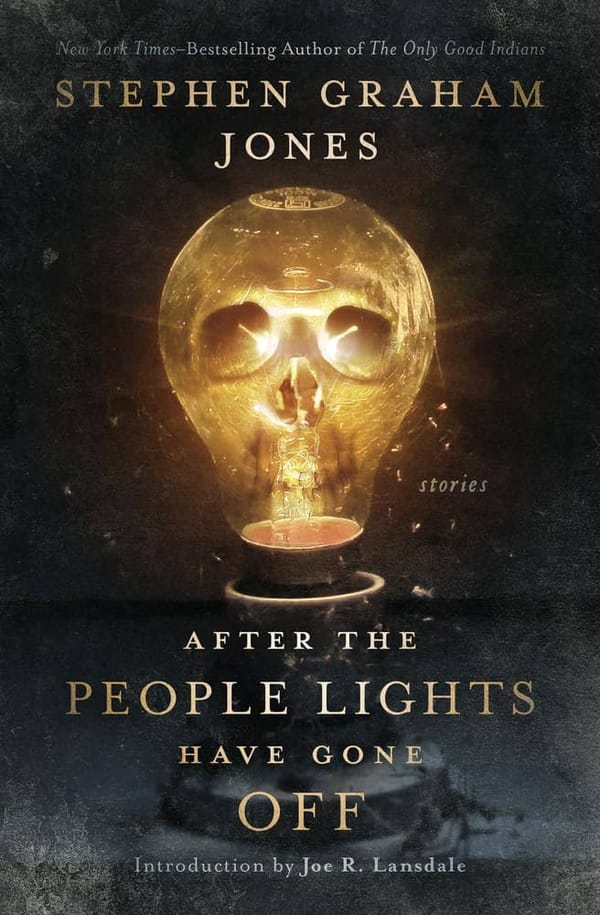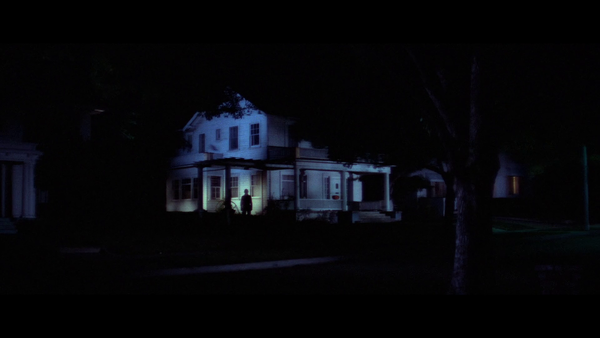Tracing The Shape 8: A Haunted House

Sam Loomis is a man haloed by ghosts. We talked earlier about the madness of this scientist driven toward the supernatural by the soulless gaze of a small boy, and that's still there, but even if he wasn't a witness to Michael's first murder, this man is just haunted. His perception and vision are clearly skewed by his experiences, but however overdramatic and off-putting he can be in social interactions, Donald Pleasence plays him with such an air of sympathy, as a man whose internal scars are still faintly visible through the gruff exterior.
So it makes sense that the man so overwhelmed by personal and professional ghosts would end up in the most haunted building in Haddonfield, the Myers House. Loomis has finally convinced a local official, Sheriff Brackett, to aid in his investigation, and Brackett actually takes him at least mostly seriously. Without any apparent protest, Brackett takes Loomis to the Myers House on the hunch that Michael will be stopping in there. For Brackett, it's an old house. For Loomis, it's something else.
Narratively, this scene is in place for a couple of reasons. First, we get a little break from Laurie and Annie, enough time for them to get settled in with the kids and prepare for a night when everything will definitely go perfectly well. We don't need to see them again until the horror kicks into gear.
Second, this is a chance for Loomis to unspool some of his history with Michael, filling the audience in on why he cares about Michael so much while also imbuing his own character and Michael's mythos with added weight. Throw in a quick jump scare with the gutter pipe smashing into the window, and you've got a solid scene.
But with Pleasence in the driver's seat, carrying the dialogue and most of the emotional weight of the scene, all of this information gets an added urgency, an oomph of its own. One particular moment that really enhances the exposition necessary for the scene to proceed comes when Loomis walks into what was Judith Myers' bedroom, steps to the window, and imagines aloud that Michael must have seen his sister in her bedroom window from the front lawn.
That's not exactly what happened in the flashback that opens the movie, but it's pretty close, and it tells us something very important about Loomis. He knows the Myers case back to front, he's no doubt read all of the crime scene reports, and yet he still takes time to imagine, for himself, every step Michael took that night, because Michael will never tell him.
Like Nell in The Haunting of Hill House and Jack Torrance in The Shining, it feels like Loomis has been here before. Many times. He haunts this house via his own quiet means of astral projection, and the house haunts him right back.
So too, does Michael, or at least the version of Michael who existed before Loomis met him. As the doctor explains to Brackett, when he met Michael there was "nothing left." The boy was a shell of his former self, unspeaking and uncaring and lost to the world. Eight years of work on Loomis' part proved, for him at least, that Michael would never improve, but he also came to believe something else.
For Loomis, and it's not a hypothesis that I entirely disagree with, Michael has transcended or descended beneath the realm of basic humanity more-or-less entirely. On the night he killed his sister, Michael was not just changed, but hollowed out, replaced by a darkness beyond medical or psychological understanding. It's unsaid in the scene, but I believe Loomis says Michael has "the devil's eyes" because he believes Michael is literally demonic, if not The Devil himself. But he doesn't say that, because some things sound insane even by his standards.
However human or inhuman Michael truly is, Pleasence's haunted monologue, the origin of the "purely and simply evil" quote that remains one of the film's most famous, convinces us that there is a version of Michael in the doctor's head at all times. It might his imagined version of a boy he never got to meet, or it might be a monster waiting to eat him up like a cancer. Either way, I'd say that counts as a ghost.
But perhaps the most horrifying implication of this scene, for me anyway, is the hinted at but largely unspoken extra layer of darkness in Pleasence's characterization. The last time we talked about Loomis it was in the context of a mad scientist, a man whose view was warped by the trauma of prolonged contact with Michael. That's still true, but these moments, in the dark and quiet house with Brackett – who is, I must say, remarkably sensitive in this scene – add something more devastating.
It's not just that Loomis has hardened, or grown more frightened, or grown weary. It's that he is a man in mourning for a version of himself that will never again exist. The Sam Loomis who walked up to a six-year-old murderer and tried to help, wanted to help, is gone. The Loomis who had hope, who wasn't burdened by so much, who never had The Devil walk into his office, that guy's dead. But he's right behind our version of Sam, stalking him, Henry James' beast in the jungle.
So, you see? It really is the most haunted house in Haddonfield.
Next Time: My Favorite Shot in Horror


